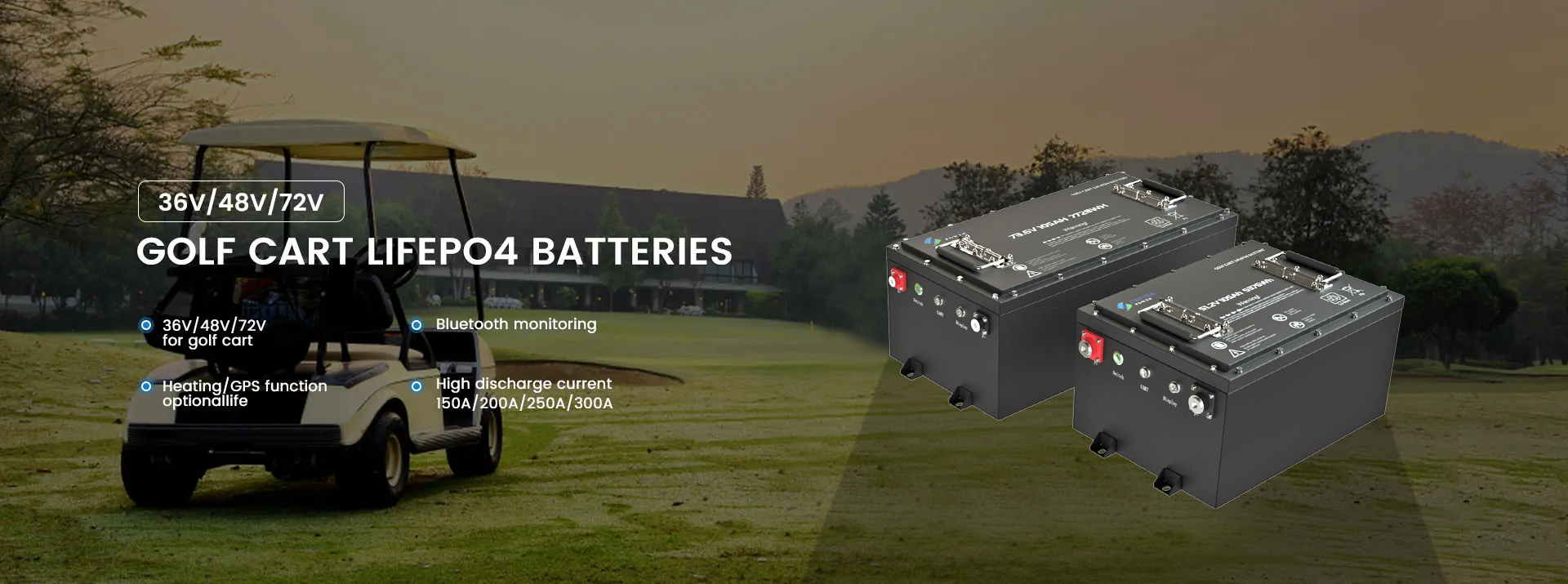
Charging RV batteries properly is essential for maintaining their longevity and performance. There are several methods for charging, depending on the type of battery and the available equipment. Here’s a general guide to charging RV batteries:
1. Types of RV Batteries
- Lead-acid batteries (Flooded, AGM, Gel): Require specific charging methods to avoid overcharging.
- Lithium-ion batteries (LiFePO4): Have different charging needs but are more efficient and have longer life spans.
2. Charging Methods
a. Using Shore Power (Converter/Charger)
- How it works: Most RVs have a built-in converter/charger that converts AC power from shore power (120V outlet) into DC power (12V or 24V, depending on your system) to charge the battery.
- Process:
- Plug your RV into a shore power connection.
- The converter will begin charging the RV battery automatically.
- Ensure that the converter is rated correctly for your battery type (Lead-acid or Lithium).
b. Solar Panels
- How it works: Solar panels convert sunlight into electricity, which can be stored in your RV’s battery through a solar charge controller.
- Process:
- Install solar panels on your RV.
- Connect the solar charge controller to your RV’s battery system to manage the charge and prevent overcharging.
- Solar is ideal for off-grid camping, but it may need backup charging methods in low-light conditions.
c. Generator
- How it works: A portable or onboard generator can be used to charge RV batteries when shore power is unavailable.
- Process:
- Connect the generator to your RV’s electrical system.
- Turn on the generator and let it charge the battery through your RV’s converter.
- Ensure the generator’s output matches your battery charger’s input voltage requirements.
d. Alternator Charging (While Driving)
- How it works: Your vehicle’s alternator charges the RV battery while driving, especially for towable RVs.
- Process:
- Connect the RV’s house battery to the alternator via a battery isolator or direct connection.
- The alternator will charge the RV battery while the engine is running.
- This method works well for maintaining charge while traveling.
-
e. Portable Battery Charger
- How it works: You can use a portable battery charger plugged into an AC outlet to charge your RV battery.
- Process:
- Connect the portable charger to your battery.
- Plug the charger into a power source.
- Set the charger to the correct settings for your battery type and let it charge.
3. Best Practices
- Monitor Battery Voltage: Use a battery monitor to track charging status. For lead-acid batteries, maintain a voltage between 12.6V and 12.8V when fully charged. For lithium batteries, the voltage may vary (usually 13.2V to 13.6V).
- Avoid Overcharging: Overcharging can damage batteries. Use charge controllers or smart chargers to prevent this.
- Equalization: For lead-acid batteries, equalizing them (periodically charging them at a higher voltage) helps balance the charge between the cells.

Post time: Sep-05-2024





